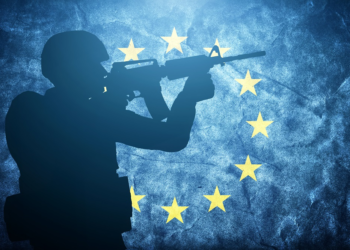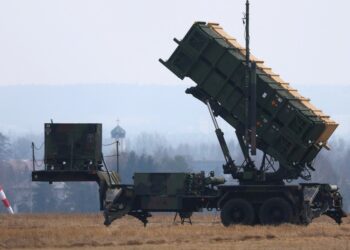DONETSK (Realist English). The armed conflict on the territory of the former Ukraine was defined by Alexander Khodakovsky, Deputy head of the State Guard of the Russian Guard for the DPR, as a “war of distances”. He emphasizes that counter—battery fighting is one of the foundations of modern combat
“Now we can say that at the moment our distances are shorter, and we simply do not reach the firing positions of enemy artillery and cannot provide full-fledged cover for our infantry in open terrain. In many ways, these reasons explain our offensive failures outside of urban conditions. Now the main task is to ensure the necessary ranges, hit accuracy and speed of detection of enemy weapons. Our detection system is either factual, when the enemy opens fire and thereby gives out its location, or random, when our aerial reconnaissance patrols the area and accidentally detects positions.
The most effective counter—battery work will be when we learn how to identify enemy firepower systematically even before they start working,” he explained.
Khodakovsky recalled cases when the enemy boasted that “he crushed our attack from a distance with artillery, not allowing our units to even get close to the distance of small arms combat. Most often this is exactly what happens”:
“From the point of view of the organization, war consists of basic components: communications, intelligence, means of destruction, defense communications that ensure the safety of the personnel….
Communications provide the process of information exchange and perform its task through the excitation of an electromagnetic field by terminals. Intelligence with the help of signal intelligence records these excitations, and even if it does not read, it determines the degree of activity and the level of concentration of radio devices in a particular area. For intelligence, an increase in negotiation activity and the consolidation of communication means is a sign of preparation for something in a particular direction, and then it remains to focus on the area from the air and finally make sure that an offensive attempt is brewing.
This is a simplified scheme, but it shows that there are enough ways to know about the offensive in advance to take the route of advance under artillery control.”


















